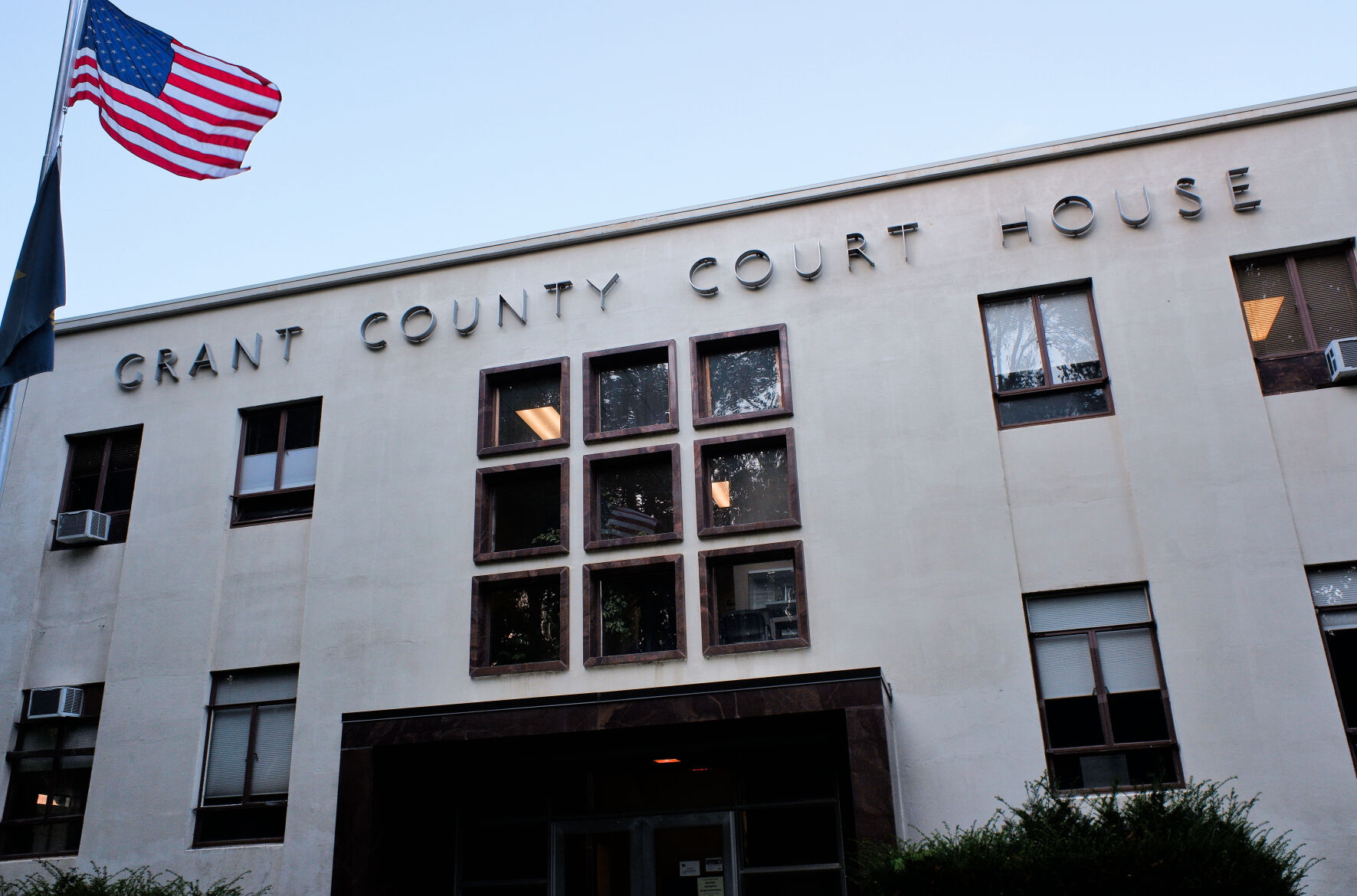Times have changed for today’s hotshots
Published 5:00 pm Friday, March 30, 2012
![]()
By Paul Fattig
Mail Tribune
When two spots opened up on the 20-member Winema Interagency Hotshot crew based in Klamath Falls this year, more than 50 experienced wildland firefighters applied.
“We typically don’t hire anyone who hasn’t had firefighting experience,” says Neil Austin, 47, the crew’s superintendent. “It takes a high level of commitment. You are going to be gone all summer on large-fire suppression.”
In other words, no nonhackers need apply for membership of the crew which began its annual training this past week.
“But we don’t have a lot of openings — we have a high number of people returning every season,” adds the 1982 graduate of Eagle Point High School who had eight years of firefighting experience before he joined the hotshots 18 years ago.
When the crew formed 50 years ago in the Star Ranger Station in the upper Applegate Valley, it had 25 members but was cut back to 20. While it was a rarity when it started, there are now slightly more than 100 hotshot crews around the nation, including the Rogue River Interagency Hotshots based in Prospect.
The crews now have men and women firefighters, something that was exceedingly rare back in 1962.
“The bigger part of the workforce was college students when we started,” Austin says. “But we don’t hire the college workforce like we used to.”
One main reason is that the fire seasons are longer, beginning when students still are in spring term and lasting into fall term, he says.
Crew members also are older than they were when the Winema Interagency Hotshots started in the Applegate under another name, he notes.
“Two of us are in our 40s, a fair number are in their 30s, with the rest in their 20s,” he says, adding there also are some college graduates on the crew, drawn by the challenge of stopping a wildfire.
Another change is the kibosh that has been put on drinking a brewski while out on the town during a break from fighting fires, he says.
“When we go out on a fire, there is no drinking,” he says. “That makes it easier for everyone to stay out of trouble.”
The tools are much the same as they were half a century ago, albeit modified a bit with better chainsaws, he says.
“In general, we are still separating the unburned fuels from the fire,” he says.
When the hotshots aren’t on fires, the firefighters, who have battled fires from Alaska to Virginia, still do trail maintenance and other work on the local forest.
“They still spend over 100 nights a year in the tents out on fires,” he says. “And they still go two weeks without a shower if there is not a fire camp nearby. But when they are working the hardest, they are the happiest.”
This story originally appeared in Medford Mail Tribune.









